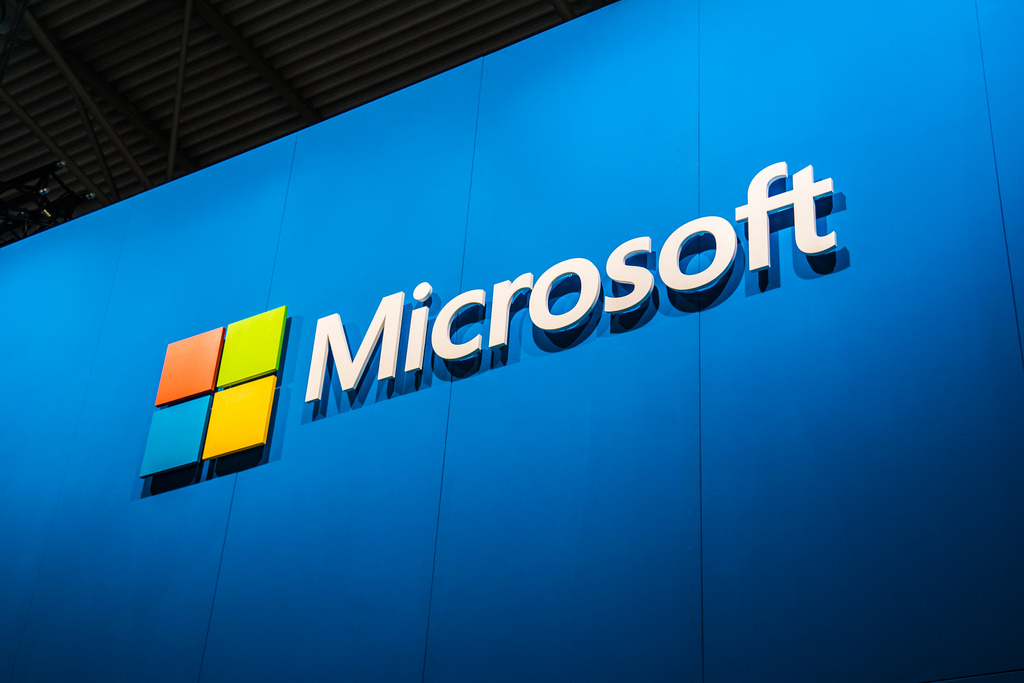 BIG DATA
BIG DATA
 BIG DATA
BIG DATA
 BIG DATA
BIG DATA
Microsoft Corp. has just released a new version of its R Server analytics platform, the headline act in a number of announcements Wednesday that touch on databases, data analytics and cloud management.
R Server 9.0 is a specialized product aimed at data scientists working with large sets of information. The software is able to analyze data both in the cloud and on premises, no matter whether it resides inside or outside of Microsoft’s SQL Server database. Previously, R Server was known as Revolution R Enterprise, before being rebranded after Microsoft acquired the company that developed it, Revolution Analytics, back in 2015.
The latest version of R Server, which incorporates contributions from the open-source community and also Microsoft’s proprietary tools, packs a number of enhancements with a particular focus on machine learning. The main difference is that R Server now comes with the MicrosoftML package that includes six new algorithms. One of them is an artificial neural network for deep learning, which is able to train computers with lots of data using graphics processing units, so they can make inferences on new data, Microsoft partner director of program management Nagesh Pabbisetty wrote in a blog post.
Wednesday’s release means that it’s easier for data scientists who write in the R programming language to deploy models into production. R Server 9.0 enables data scientists to expose models as application programming interfaces and produce documentation for them using the Swagger API framework. It’s also possible to easily transform R scripts and functions into web services as well.
Besides R Server 9.0, Microsoft announced the release of R Client 3.3.2, which is a slimmed down version of the main software that’s able to run on desktop personal computers, rather than servers. The software is naturally memory-constrained, but it can be connected to R Server if more oomph is required. R Client 3.3.2 comes with support for community packages, and can run as part of the Visual Studio integrated development environment using the R Tools add-in. The new MicrosoftML package is also included in the new version.
Microsoft also took the opportunity to introduce a private preview of a new “cloud console” for the Azure cloud, which combines a graphical user interface with a simple but powerful command-line interface. Azure Cloud Console, as its called, allows users to work using the command line while viewing cloud resources in the graphical interface at the same time. The console automatically authenticates command-line tools from the developer’s web login and comes with all Azure command-line tools and relevant command-line utilities pre-installed.
Finally, Microsoft said it’s offering new price and performance options for SQL Database elastic pools on Azure. SQL Database elastic pools are intended as a simple, cost-effective way to manage the performance of multiple databases when usage is unpredictable or random. The company has lowered the starting price for pools as well as the cost-per-database. It has also reduced the gaps between different pool sizes on offer. Now, Azure offers larger sizes for its basic, standard and premium category pools.
Support our mission to keep content open and free by engaging with theCUBE community. Join theCUBE’s Alumni Trust Network, where technology leaders connect, share intelligence and create opportunities.
Founded by tech visionaries John Furrier and Dave Vellante, SiliconANGLE Media has built a dynamic ecosystem of industry-leading digital media brands that reach 15+ million elite tech professionals. Our new proprietary theCUBE AI Video Cloud is breaking ground in audience interaction, leveraging theCUBEai.com neural network to help technology companies make data-driven decisions and stay at the forefront of industry conversations.